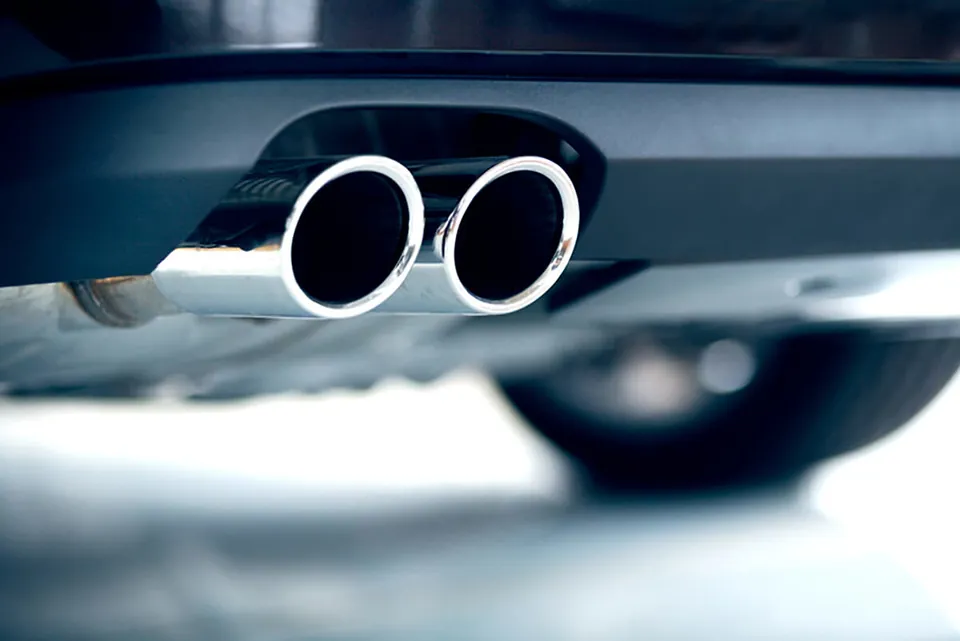The National Institute for Health and Care Excellence (NICE) has produced a new guideline document that suggests variable speed limits could reduce air pollution around motorways.
Professor Mark Baker, director of the centre for guidelines at NICE said: “If the traffic is such that you are stopping and starting, decelerating and accelerating, then that increases emissions, pollution and fuel consumption.
"In those circumstances, slowing everything down to 60mph or 50mph is the best approach – but not all the time. That’s why variable speed limits are far more sensible than blanket 50mph or 60mph (limits).
"Variable speed limits are useful where at times the volume of traffic results in unhealthy driving conditions – which is stopping and starting. So M25 most of the time, M4 on a Sunday, M1 on a Friday evening.
"Variable speed limits are justified on roads which are busy enough for traffic to have to break for no other reason than that (the road is) blocked
"The battle against air pollution has to be one we are all fully committed to.
“This draft guidance seeks to redesign how we work and live in cities. When finalised, its recommendations will ensure that everyone who has the power to make the changes required can be confident in the action they are taking.”
Professor Paul Lincoln, chief executive of UK health forum and NICE guideline committee chair said: “Traffic-related air pollution is a major risk to the publics’ health and contributes to health inequalities.
“The NICE guidance sets out a strategic range of evidence based practical measures to encourage low or zero emissions transport. This is very timely given the imperative to meet EU and national air quality standards.”
The body is calling on businesses and transport services to educate their transport staff in more efficient ‘smooth’ driving skills, such as avoiding hard accelerations or decelerations and turning their engine off when at a standstill.
The NICE draft guidance recommends local councils place buildings away from busy roads when drafting town or city plans. NICE also says cyclists should be screened from motorised traffic by shrubs or plants in situations where they are found to reduce air pollution.
Dr Jill Meara, acting director of PHE’s centre for radiation, chemical and environmental hazards, said: “As well as reducing the adverse impact of air pollution on health, the advice will help to improve people’s wellbeing by encouraging exercise, and mitigating against climate change by reducing carbon emissions.”
The focus of the draft guideline is on a local level, where actions taken by councils and transport providers will have a greater impact across local communities.


















Bob - 02/12/2016 12:16
Resolve the issue of middle-lane hoggers and the traffic will improve. Most of the time it's those cars that sit in lane 4 of 5, and the first 3 lanes are empty.